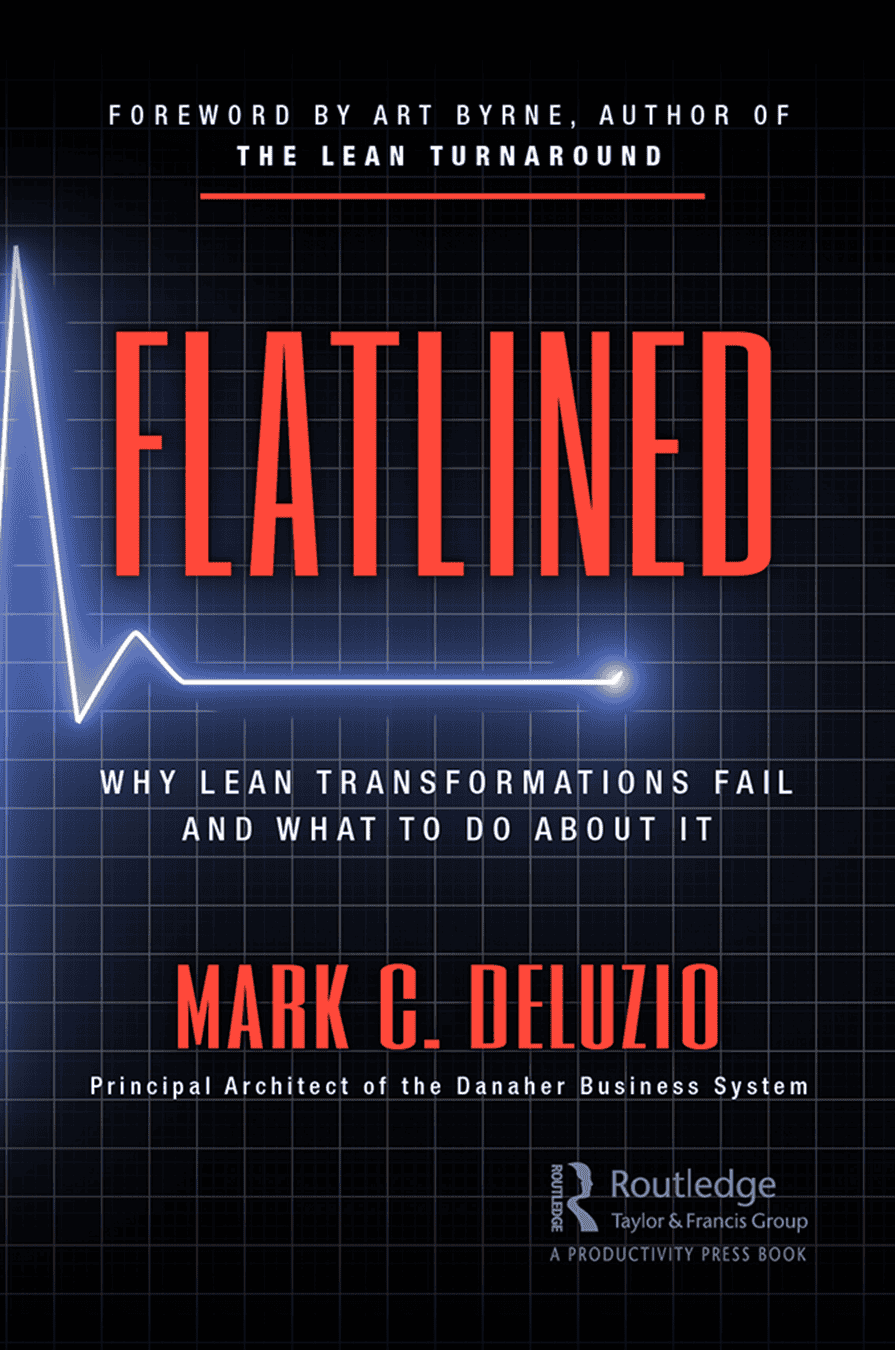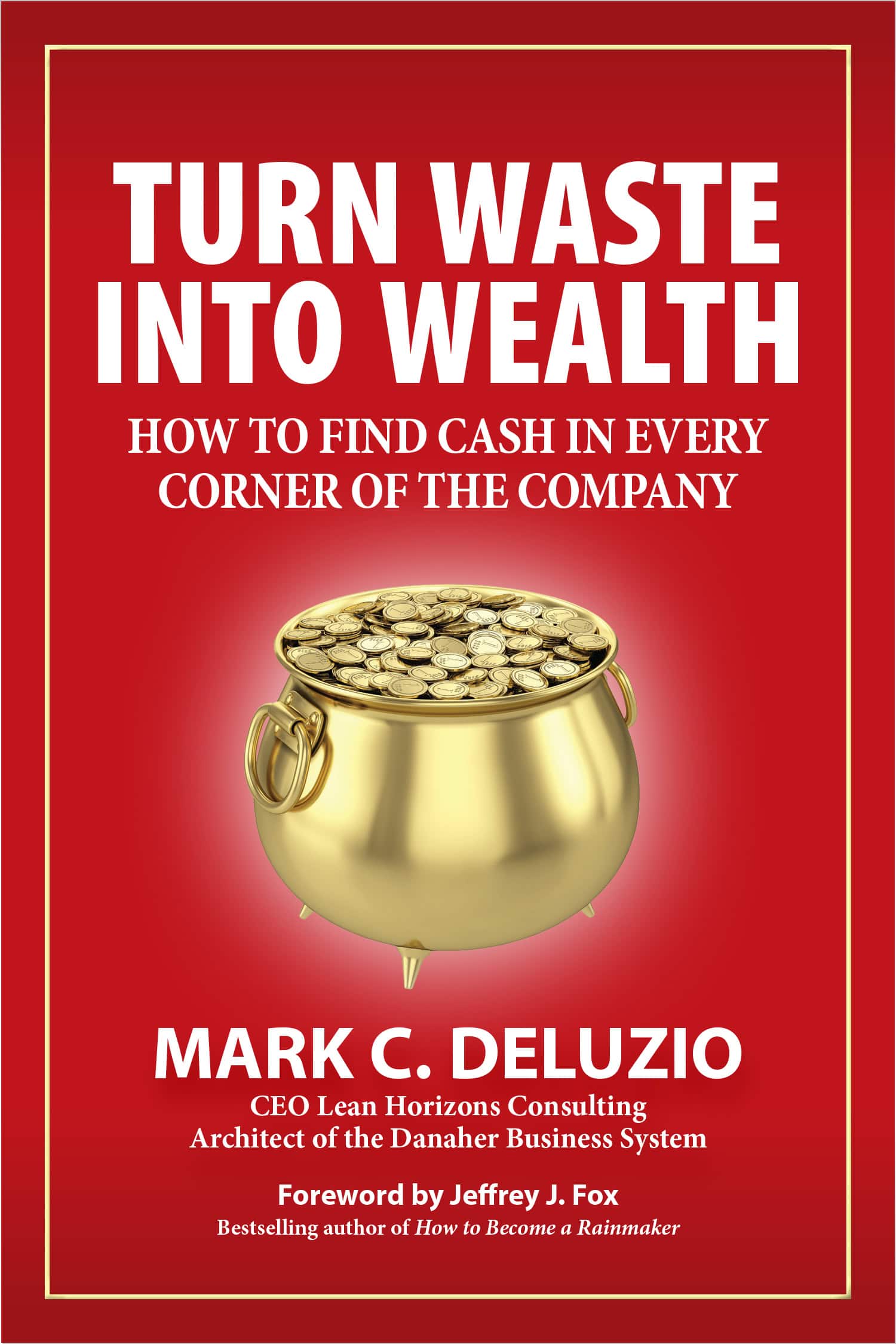As of September 2022, the American economy meets the technical requirements for a recession.
Layoffs are sweeping the nation, inflation has reached record highs, and cost of living standards are rising from coast to coast. Businesses across the board, from the tech industry to manufacturing, are feeling the effects of the economic slump — many are turning to Lean methodology to stay competitive in the tumultuous marketplace.
It makes sense: Now, more than ever, the ability to deliver value to your customers effectively and efficiently is vital to riding the wave of this widespread financial downturn. With an emphasis on quality, consistency, and waste elimination, a properly implemented Lean transformation offers strategic structures for scaling businesses, even during a recession.
Continue reading to learn how a Lean transformation can revolutionize your company from the strategists of Lean Horizons Consulting with over three decades of experience.
What is the Lean methodology?
Though the framework of Lean methodology has evolved for decades, 2023 will likely be its most influential year yet as business owners strive towards growth in an economic decline.
Years of this constant evolution via implementation and refinement have shaped the Lean methodology into the innovative strategy it is today. Defined by two core tenets, continuous improvement and respect for people, the Lean approach optimizes the employees, management, resources, workflows, and energy of an organization.
This optimization is geared toward delivering more value for consumers, improving efficiency, and eradicating resource and time waste for companies. As both a philosophy and an actionable discipline, Lean encourages participation from the entirety of an organization — top management to frontline workers.
The result? Businesses with increased team engagement, fewer costs, eliminated bottlenecks, and higher quality products or services.
Listen: Lean 911 Ep. 1: Lean Mindset | Lean Horizons Consulting Podcast
What is a Lean Transformation?
Many organizations want to be known as the consistent supplier of top-tier products and services in their market — only few realize this goal. Those that do utilize the Lean transformation approach.
The phrase Lean transformation is used to describe the tactical and operational advancements a company undergoes in order to reach their efficiency objectives, execute value improvements, and propel their business into the future. While the desire to provide unparalleled value predictably and with less waste is what drives a Lean transformation, not every transformation is approached and implemented in the same way.
With the guidance of an experienced consultant, organizations can adapt the following components to address their distinct objectives, individual processes, and industry-specific factors.
Key Components of a Lean Transformation:
1. Value-driven purpose
To begin, organizations create or refine their core purpose by reflecting upon inquiries such as: What problem are we solving with our products? How does this problem relate to our purpose?
2. Continuous improvement of processes
Once a company’s purpose is defined, practical changes to workflow or production processes are delineated and regularly implemented to optimize how the work is done.
3. Capability awareness and development
After an organization’s purpose has been clarified and work processes optimized, the focus is then placed on further developing the capabilities of the team. Here, an emphasis is placed on development that is sustainable in the long run.
4. Lean-based management
As the capabilities, skills, and work processes of a team are developed and optimized further, management will need to evolve concurrently to properly implement a Lean transformation. A simplified example of this evolution could be a deeper connection or more direct communication between leaders and frontline workers.
5. Lean thinking
Finally, the undercurrents and thought systems of a company are examined and identified. An established mindset based on the tenets of Lean — respect for people, enhanced value, continuous improvement — will be the motivating force of a successful transformation.
Watch: The Shaping of a Mindset – How Iwata and Nakao: Influenced My Career, My Thinking, My Life
The Dos and Don’ts of a Successful Lean Transformation
Do: Invest time in understanding your team, goals, and processes.
It bears repeating that, while the structure of a Lean transformation can be translated to any industry, every company will have unique needs, challenges, and outcomes. In order to reach this level of specification necessary, don’t rush through thinking and strategizing processes.
Working with a seasoned Lean consultant is the easiest way to develop a Lean transformation blueprint that works for your business specifically, but all organizations should reflect honestly on their work environment, current capabilities, personalities, and needs before choosing a path forward.
Don’t: Confuse a lean transformation with a budget cut.
Saving money and reducing budget waste is often misinterpreted as the core driving force of a Lean transformation. In reality, increasing value for customers is what pushes a transformation forward, and waste elimination is a natural byproduct of that process.
Don’t mistake a Lean transformation for just another cost-cutting initiative or reduction in spending, though those are benefits your organization will experience.
Do: Experiment in the name of continuous improvement.
Part of what makes Lean transformations so powerful for businesses operating in our fast-paced world is that it develops skills of adaptation throughout the whole organization.
In order to adapt to external pressure or changes, like a global pandemic or recession, companies must have the flexibility and confidence to try new processes. Experimentation, then, is a requirement for continuous improvement.
Learn More: The COVID-19 Crisis: It’s Time to Challenge the Status Quo | by LHC’s Founder and CEO
Don’t: Overfocus on one area.
In a comprehensive Lean transformation, improvements come in both the form of tangible, physical process refinement and in social, cultural enhancement. An unbalanced emphasis in either area will hinder an organization’s ability to grow, let alone grow consistently and sustainably.
Do: Utilize resources.
Whether your organization’s transformation is a top-down effort from innovative leaders, or being pioneered by one department, a thorough understanding of Lean methodology is a make-or-break factor of success.
Thankfully, there is a world of information about Lean transformations available, from books to podcasts and everything in between. It’s important to be aware that informational clutter and erroneous opinions are equally abundant, however, and templates can only take your unique organization so far.
Go beyond the formulas and into a custom-tailored, transformational strategy — jumpstart your Lean transformation with a consultation from the dedicated, internationally experienced strategists at Lean Horizons Consulting today.

